Tamron has been on a tear in the last few years on the Sony FE (full frame E-mount) platform, releasing one high-performing, reasonably priced zoom after another. This started with the very well received 28-75mm F2.8, followed by the 17-28mm F2.8, then 70-180mm F2.8, the travel-ready 28-200mm F2.8-5.6, and now a longer telephoto zoom in the brand new Tamron 70-300mm F4.5-6.3 Di III RXD. Each of the first four zooms were so good and so functional that they’ve ended up in my personal Sony kit and get regular use. The A047 (Tamron’s internal code for the lens that we’ll use for brevity in this review) continues the tradition of delivering very good image quality at a great value.
Thus far Tamron has followed a fairly fixed formula: their zoom lenses on Sony all have weather sealing, good (but not exceptional) builds, outstanding autofocus capabilities, a universal 67mm filter thread, no switches on the barrel, and no VC (Vibration Compensation, their name for an optical image stabilizer). They’ve chosen to rely on Sony’s IBIS (In Body Image Stabilization) that is in a good number of Sony cameras instead of an in-lens solution. That was easy on the first couple of zooms, as they had shorter focal lengths, but is a bit more of an impediment as they’ve added three lenses with longer focal lengths. The Tamron 70-300mm faces the greatest stabilization liability thus far, as 300mm is 50% longer than the previous longest focal lengths.
Tamron has managed to undercut Sony’s own 70-300mm F4.5-5.6 G OSS lens by half, with the Sony costing nearly $1200 while the Tamron clocks in at only $550 USD. That’s obviously going to be a major factor for a lot of potential buyers, but can the Tamron compete on its own merit? We’ll explore that in our review.
Prefer to watch your reviews? Check out either the long format definitive review or shorter standard video reviews below:
Follow Me @ Patreon | My Newsletter | Instagram | Facebook | Twitter | Flickr | 500px
Thanks to Tamron USA for the loaner lens! As always, my reviews are completely independent.
A047 Build and Handling
As noted as our intro, Tamron has followed a formula that has (thus far) proven to be a winning formula for them. They have banked on the proposition that people are more interested in strong performance at a value price than they are on features that they may or may not use. Tamron’s focus on performance (both optical and autofocus) has allowed their zoom lenses to be very strong optically relative to the competition even while offering considerably less in the features department. The design language is simple and uncluttered, but it is also very bare – no switches or even a zoom lock – just the narrow manual focus ring and then the larger, more thickly ribbed zoom ring.
My initial impression was that the lens was larger than what I had expected. The release statement from Tamron (and marketing language) emphasized that it was the smallest and lightest full frame zoom reaching 300mm, and, while it is certainly lighter than typical (545g/1.2 lb) along with being a bit narrower than several lenses that I compared it to, it’s actually a bit longer than a number of similar lenses. Here’s the retracted length:
…along with the fully extended length:
Here’s a look at how the specifications play out compared to some similar lenses:
The most relevant point of comparison is to the Sony 70-300G, and, while the Sony is considerably heavier (854 vs 545g) and a bit wider (84 vs 77mm), it’s actually a few millimeters shorter (143.5 vs 148mm). And yes, the Tamron is considerably lighter, but it is also not a direct apples to apples comparison, as the Sony has a Optical Stabilizer along with more features (and a slightly larger maximum aperture). The bottom line is that the Tamron is considerably lighter, but I don’t think emphasizing the “smallness” of the lens is the best measure of its worth. “Lighter” I will grant, but “smaller” is more of a marketing technicality. Tamron does note, “Taking the weight savings even further, we used a specially treated, high-strength aluminum-magnesium alloy, the first time Tamron has used this material in the mount components of a lens for full-frame mirrorless cameras. The new design maintains excellent strength while successfully reducing weight to around 68% of previous mounts.” So, to be fair, the weight savings wasn’t just achieved by cutting features.
Now, to be fair, a person wanting a compact, lightweight lens that has actual telephoto reach will definitely find the 70-300 form factor considerably smaller than, say, a 100-400mm lens. The A047 is quite small and compact compared to the Sigma 100-400mm DN lens that I reviewed earlier in the year.
Also pictured is the Tamron 70-180mm F2.8, which you can see is quite similar in length. Thus far none of the Tamron lenses on Sony FE have been compatible with extenders, and that remains true here as well. You cannot use a Sony 1.4x or 2x extender on the A047, and there aren’t any Tamron teleconverters for Sony at this point. There doesn’t seem to be room in the rear of a lens for a TC to physically mount anyway.
As noted, there are no switches on the barrel, so you’ll have to choose between AF/MF and (potentially) control the IBIS (if your camera has it) from within the camera. Also missing is a zoom lock that will keep the lens locked in the retracted position and keep it from inadvertently zooming. I definitely found while hiking that the A047 would end up zoomed after a bit either from from friction or gravity. Not a big deal, per se, but I do prefer to having the locking option.
If things seem negative to this point, it is only because I want to be clear about what Tamron has chosen to cut from these designs in order to make what is left both affordable and high performing. These missing pieces might mean little to some potential buyers but a lot to others.
So what is there? First of all, we do have a nice degree of weather sealing, with a gasket at the lens mount along with internal seals at the rings and front element. Special coatings on the front element help resist fingerprints and moisture.
A fairly deep lens hood is included, and this (along with internal BBAR coatings), helps with flare resistance.
The build itself is nothing fancy, but it does feel fairly tough and the zooms from this series that I’ve personally owned (a couple for several years now) have held up well with no evidence of wear or dysfunction. It looks nice and sleek.
This is a variable aperture zoom, going from F4.5 on the wide end to F6.3 on the telephoto end. The lens moves through apertures like this:
- 70-112mm – F4.5
- 113-154mm – F5
- 155-241mm – F5.6
- 242-300mm – F6.3
This is a pretty good performance, though it should be noted that the Sony 70-300G does have an aperture advantage from 242-300mm, as its smallest aperture is F5.6 (allowing in one-third more stop of light over F6.3).
As has become common with these Tamron zooms, there are two different minimum focus distances. At 70mm, you can focus as closely as 0.8m (31.5 in) or 1.5m (59.1 in) on the telephoto end. At 70mm, the maximum magnification is only about 0.11x (1:9.4), and looks like this:
At 300mm, the magnification figure increases to right under 0.20x (1:5.1), which looks like this:
You can see that the magnification amount is higher and the background is much more blurred at 300mm.
This is obviously a useful amount of magnification, though this is an area where the Sony 70-300G has a clear advantage. It focuses down closer at 300mm (0.9m vs 1.5m) and delivers a much higher 0.31x magnification. At this point, I have not not yet tested the Sony lens, so I can’t comment on its performance at MFD.
For the Tamron, however, I can attest that while the amount of magnification lags behind the Sony, the close up performance is very high, with good contrast and clarity:
The lack of optical stabilization in the lens is going to be a definite factor for some potential buyers. I would not usually recommend purchasing a lens without OSS/VC if you don’t have a camera with IBIS, as 300mm can be a difficult focal length to stabilize by hand either in the viewfinder or the final image. The amount of stabilization you will get will be dependent on your camera body, and I have found the IBIS of the most recent generation of Sony cameras to be an improvement over the 2nd or 3rd generation bodies. I definitely found the IBIS better on the Sony a7C that I did part of the test with than with, say, my a9. I got fairly reliable results at 300mm on the a7C at shutter speeds of 1/50th or 1/160th second.
I didn’t try to shoot with ridiculously low shutter speeds handheld, and I don’t really recommend that you do, either. At longer focal lengths any kind of subject movement becomes quite obvious even with great stabilization at the lens/camera, so practically I mostly want to get reliable results from 1/60th – 1/100th of a second in those moments when the shutter speed drops due to changing lighting conditions.
Do I wish this lens had Tamron’s VC?
Of course! But fortunately my actual results weren’t too bad due to Sony’s IBIS doing a pretty good job.
It is in the feature section that these Tamron zooms come up short, but fortunately better news lies ahead…
Tamron 70-300mm RXD Autofocus Performance
Better news definitely comes with Tamron’s RXD (Rapid eXtra-silent stepping Drive) focus system (yes, Tamron was very randomly selective with what letter they chose to highlight!) This high-speed stepping motor has been smooth, powerful, and quiet in each of the applications I’ve seen it in. I’ve tested Tamron lenses in the past that had slower focus, but that’s not been the case with any of the lenses with RXD or VXD motors. Focus here is very fast, very quiet, and very smooth. The only time I’ve saw focus slow down is in very poor light on the telephoto end (F6.3 doesn’t allow as much light to reach the sensor as, say, an F2.8 zoom, which is part of the reason why zooms like that are valuable for event work.
For ordinary situations, however, the A047 was excellent, delivering highly repeatable, accurate focus results.
I was also impressed when I saw a great grey owl while out trekking and was able to get reasonably close (rare, in my experience). The lighting situation was very challenging, as the owl was high up in a tree with bright grey sky beyond (strongly backlit). Despite the challenging focus conditions, I was able to get not only good autofocus but even animal Eye AF tracking. All of the shots I took in that series were well focused:
I also liked this result, as I wanted to single out this leaf that had fallen and wedged into a stump. There was a lot of potential focus distractions, but I got the shot that I wanted.
While a lens like this is not necessarily designed for portraiture, it did a very nice job for a portrait series. Eye AF tracked perfectly, and every result was well focused in the series.
The look of the images is quite nice as well, so no complaints there.
I’ll also note that video focus pulls are very smooth and completely silent. I saw no hunting or hesitancy in my tests. There’s no question that autofocus is a definite strength for the lens and will make a lot of people happy.
Tamron A047 Image Quality
Optical performance has been a place where the Tamron zooms for Sony have really shined, often competing with (and even besting) much more expensive first party options. Does that trend continue here? First of all, a quick look at the MTF performance and optical specifications:
I hadn’t really looked at the MTF charts before doing my review, and I wish I had, because it would have saved me some angst over something that initially did not make sense to me. More on that in a moment…
First of all, a look at vignette and distortion at 70mm:
The lens is essentially completely neutral in the distortion department; nothing to correct here. In my manual correction (on the right), I did nothing for distortion but did correct a moderate amount of vignette with a +35 (around 1.5-2 stops) and I moved the midpoint slider all the way to the left (0) to give a nice linear correction. The standard profile in camera will correct JPEGs and Video just fine, and there will undoubtedly soon be a correction profile in Adobe and other processing software for RAW files.
As you begin to zoom a pincushion distortion pattern begins to emerge. You can see that fairly strongly at 300mm, though vignette remains minimal.
I used a -8 to correct the distortion (in Lightroom/ACR), and only a +17 (around a stop) on vignette correction. I moved the midpoint slider to 0 once again to produce a smooth result. You can see that the distortion corrected in a clean fashion. No big deal here.
So what about sharpness and contrast? I could tell from my real world images that image quality was very, very good, but I did find the one surprise I alluded to when I began reviewing my chart test results. First, here’s a look at the chart that we get our results from. I’ve used a 42Mpx Sony a7RIII for these tests.
If we look closely at the crops from 70mm, we discover that results from the center and midframe are excellent, but there is a significant drop-off in the corners, which are pretty mushy.
This gave me pause because the result was so radically different from what I saw elsewhere in the frame or what I had seen in real world results. It’s rare, however, that I would focus in the corner in real world use. I remembered, however, that I had also shot real-world infinity shots where field curvature would no longer be a consideration. When I went to those results, I found that my chart results were giving me the true picture, as while the center crop (second image) is very crisp, the edge result (#3) was much, much softer.
That’s when I went to the MTF chart to make sure that this wasn’t completely out of line. And sure enough, Tamron’s own MTF do show that dramatic fall-off in the corner. I’ve circled the area on the MTF.
What’s odd about this is that the A047 is universally excellent in the corners everywhere else in the zoom range. Look at how a comparison to 100mm at the infinity edge looks:
The textures and contrast are crisp and defined at the edge of the frame at 101mm (and everywhere else), but the edges fall off at 70mm. This is clearly the place where “something had to give”. Even when stopped down to F8, the corners still aren’t actually sharp even though the majority of the frame is extremely sharp. This is the definite weak point of the focal range.
Will this be a factor for you? Likely not in most situations (I hadn’t noticed it in real world use), though if you want to shoot a long range landscape, zoom in a little tighter (even 90mm) and you will get radically better edge performance. The lens is actually very sharp at 70mm across most of the frame, but, as the MTF chart showed, there is a significant drop-off in the last 20% of the image frame.
After that surprise, the results are so evenly consistent as to be boring. The lens is extremely strong at 135mm, with high degrees of sharpness across the whole frame.
You will achieve slightly more contrast by stopping down, but the results are already impressive. I was very impressed with the detail throughout the frame in this F8 shot, with good draw distance even into the distant horizon (the province of Quebec across the river).
The same was true at 200mm, where wide open performance is excellent across the whole image frame.
This real world shot and its crop show excellent detail (wide open) in the narrow plane of focus.
A secondary shot shows great contrast and detail along with very nice bokeh rendering.
At 300mm, the contrast and resolution are very slightly less than what we saw at 300mm, though still very good. The results are again very consistent across the frame as well.
There is relatively little advantage to stopping down. You get a tiny bit more contrast and detail, but not hardly enough to notice in real world results. Stopping down to increase depth of field, however, could be important, as even at medium distances the depth of field with a 300mm focal length is going to be fairly small.
These real world, wide open shots (300mm, F6.3) show that the lens is capable of excellent detail and contrast at 300mm:
The A047 shows very little evidence of Longitudinal Chromatic Aberration (LoCA) after the plane of focus, but there is some blue/green fringing before the plane of focus (somewhat backwards of what I typically expect to see, actually, since the blue/green fringing is almost always after the plane of focus).
The good news about this is that most photos have far less out of focus in the foreground as they do the background, so there were very little situations where I had an opportunity to even see the fringing. This is basically the worst offense that I could find…and it isn’t much.
So how about bokeh? The nature of the bokeh will depend on the focal length, as 70mm and 300mm will produce very different results. Here’s a look at (roughly) the same scene with the lens zoomed to 106mm, 168mm, and 300mm.
You’ll see how much the nature of the compression due to the longer focal length cause the background to become increasingly out of focus. In many situations I found the bokeh really lovely. Very smooth.
The nature of bokeh also depends on a ratio of distance to the subject and then distance to the background. If the subject is close to the photographer, and background is further away, you will get a highly defocused background that almost always looks good.
If you are further from your subject, however, and the background is relatively close beyond the subject, you will get much less subject isolation and more busyness in the background.
All told, however, I think the Tamron A047 has quite nice bokeh, and certainly a lot of potential for creating it due to that long maximum focal length. 70-300mm is a great focal length, allowing you to go from near-normal:
…to a fairly long telephoto:
For many people a lens like this will be all the telephoto they will ever need, and the Tamron 70-300mm RXD is a very accessible lens in both price and size.
It also did very good against the sun due to Tamron’s excellent BBAR coatings. It is easy to see in the video reviews (where I pan back and forth across the sun), but you can see here that contrast has held up and ghosting is minimal even with the sun and its reflection off the water in the frame.
If you want to see more photos, I recommend a visit to the image gallery here. Other than the misstep in the 70mm corners, however, this is a high performance lens. I liked the look of images a lot, and colors were generally excellent.
Conclusion
The Tamron 70-300mm F4.5-6.3 Di III RXD is a welcome addition to the Sony FE catalog. Right now in the mirrorless world it is my opinion that the wide variety of excellent third party lenses on Sony is its biggest advantage. Canon, Nikon, and Fuji are still largely closed platforms, but there are dozens and dozens of third party lenses for Sony that deliver strong performances along with great value. The A047 adds a high performing budget telephoto option into the mix. The A047 is priced at only $549 USD, which makes it a very strong value relative to the nearly $1200 for the Sony 70-300G lens.
It’s also a very versatile focal length, great for landscapes, wildlife, sports, and general purpose telephoto work. It even doubles as a decent portrait lens in a pinch.
Weaknesses for the lens include a lack of in-lens stabilization, and there are some diminishing returns with Sony’s IBIS at longer focal lengths in my experience. There are also no switches or even a lock to prevent zoom creep on the lens, which is interesting considering that the 28-200mm RXD does include one.
You do get a pretty good build quality that includes good weather sealing, outstanding autofocus from the RXD focus motor, and excellent image quality outside of the 70mm corners. You also get a lightweight lens that won’t break either your back or the bank, and I definitely feel like the collective weight of the A047’s strengths far outweigh its weaknesses. If your needs for telephoto don’t require a longer focal range than 300mm, and you have a camera with IBIS, then the Tamron 70-300mm F4.5-6.3 RXD is a lens you should look at long and hard.
Pros:
- Good weather sealing
- Excellent autofocus
- Fantastic price
- Excellent image quality across the zoom range
- Nice bokeh
- Good color and contrast
- BBAR coatings give good flare resistance
- Light weight makes packing and carrying easy
- Excellent warranty
Cons:
- No VC (Image Stabilization)
- Few features, including no switches or zoom lock
- 70mm corner performance is weak
Gear Used:
Purchase the Tamron 70-300mm F4.5-6.3 RXD @ B&H Photo | Amazon | Amazon Canada | Camera Canada | Amazon UK | Amazon Germany | Ebay
Purchase a Sony a7C @ B&H Photo | Amazon | Camera Canada | Amazon Canada | Amazon UK | Amazon Germany | Ebay
Purchase a Sony a9M2 @ B&H Photo | Amazon | Camera Canada | Amazon Canada | Amazon UK | Amazon Germany | Ebay
Sony a9 Camera: B&H Photo | Amazon | Camera Canada | Amazon Canada | Amazon UK | Amazon Germany | Ebay
Sony a7RIV Camera: B&H Photo | Amazon | Camera Canada | Amazon Canada | Amazon UK | Amazon Germany | Ebay
Sony a7R III Camera: B&H Photo | Amazon | Camera Canada | Amazon.ca | Amazon UK | Ebay
Peak Design Slide Lite: Peak Design Store | B&H Photo | Amazon | Amazon Canada | Amazon UK
Sony a6500: B&H Photo | Amazon | Amazon.ca | Amazon UK | Ebay
Peak Design Leash Strap: Peak Design Store | B&H Photo | Amazon | Amazon Canada | Amazon UK
BenQ SW271 4K Photo Editing Monitor – B&H Photo | Amazon | Amazon.ca | Amazon UK
Adobe Photoshop Creative Cloud 1-Year Subscription
Exposure Software X5 (Use Code “dustinabbott” to get 10% anything and everything)
Visit Dustin’s Amazon Storefront and see his favorite gear

Purchasing your gear through B&H and these links helps fund this website and keeps the articles coming. You can also make a donation here if you would like. Visit my Amazon page for some of my gear of choice! Thank you for your support.
Great News! I can now offer a 5% discount on all purchases at Amplis Foto, Canada’s Leading Photographic Supplier. Please enter discount code: AMPLIS52018DA in your cart. It is good for everything in your cart, and is stackable with other coupons, too! It will take 5% off your entire order! Proceeds go towards keeping this site going and providing you with new reviews!
Check me out on: My Patreon | Sign Up for My Newsletter | Instagram | Facebook | Twitter | Flickr | 500px | Google+ |
Use Code “DUSTINHDR” to get $10 off ($15 CDN) any Skylum product: Luminar, Aurora, or AirMagic
Keywords: Tamron 70-300, Tamron 70-300mm, 70-300mm, Di III, RXD, F4.5-6.3, Tamron 70-300mm F4.5-6.3 RXD, Review, Tamron 70-300 Review, Tamron 70-300mm Review, A047, Sony a7C, Sony Alpha 7C, Sony a7C Review, ILCE-7C, Sony, Review, Hands On, Dustin Abbott, Real World, Comparison, Sharpness, Bokeh, Flare Resistance, Autofocus, Image Quality, Sample Images, Video, Photography, Sony a9, sony a7III, sony a7RIII, a7R3, A047, withmytamron




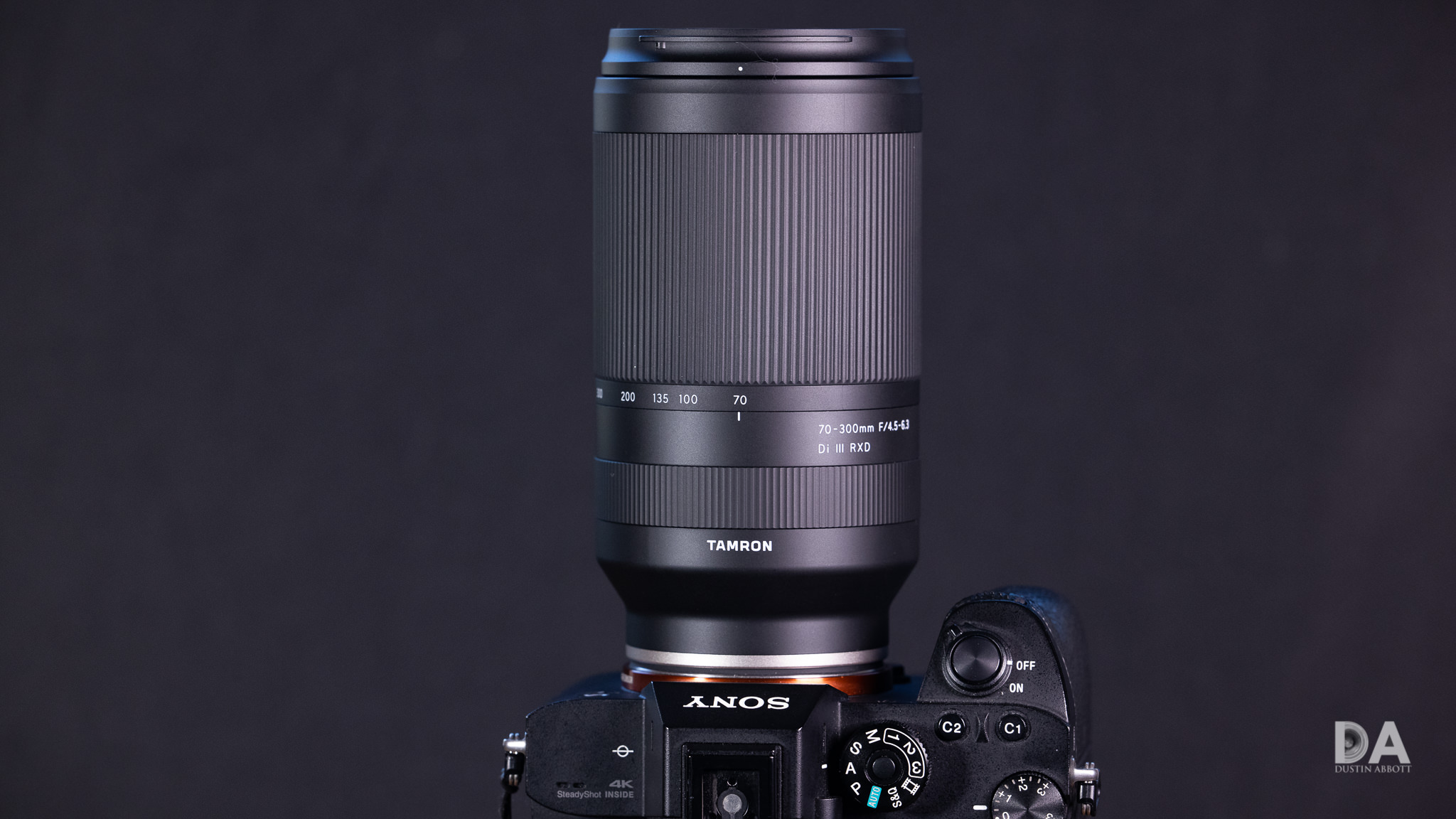
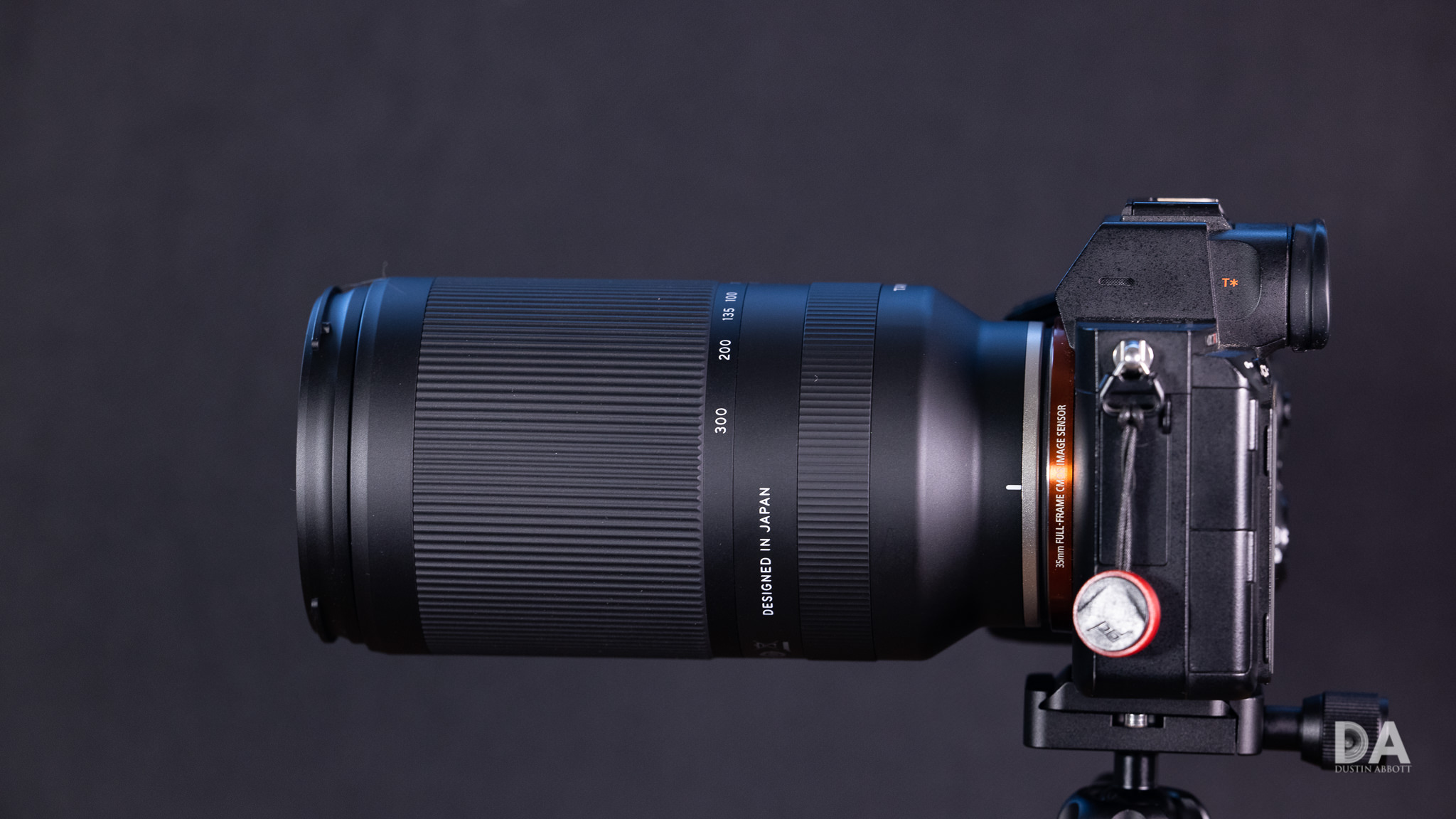
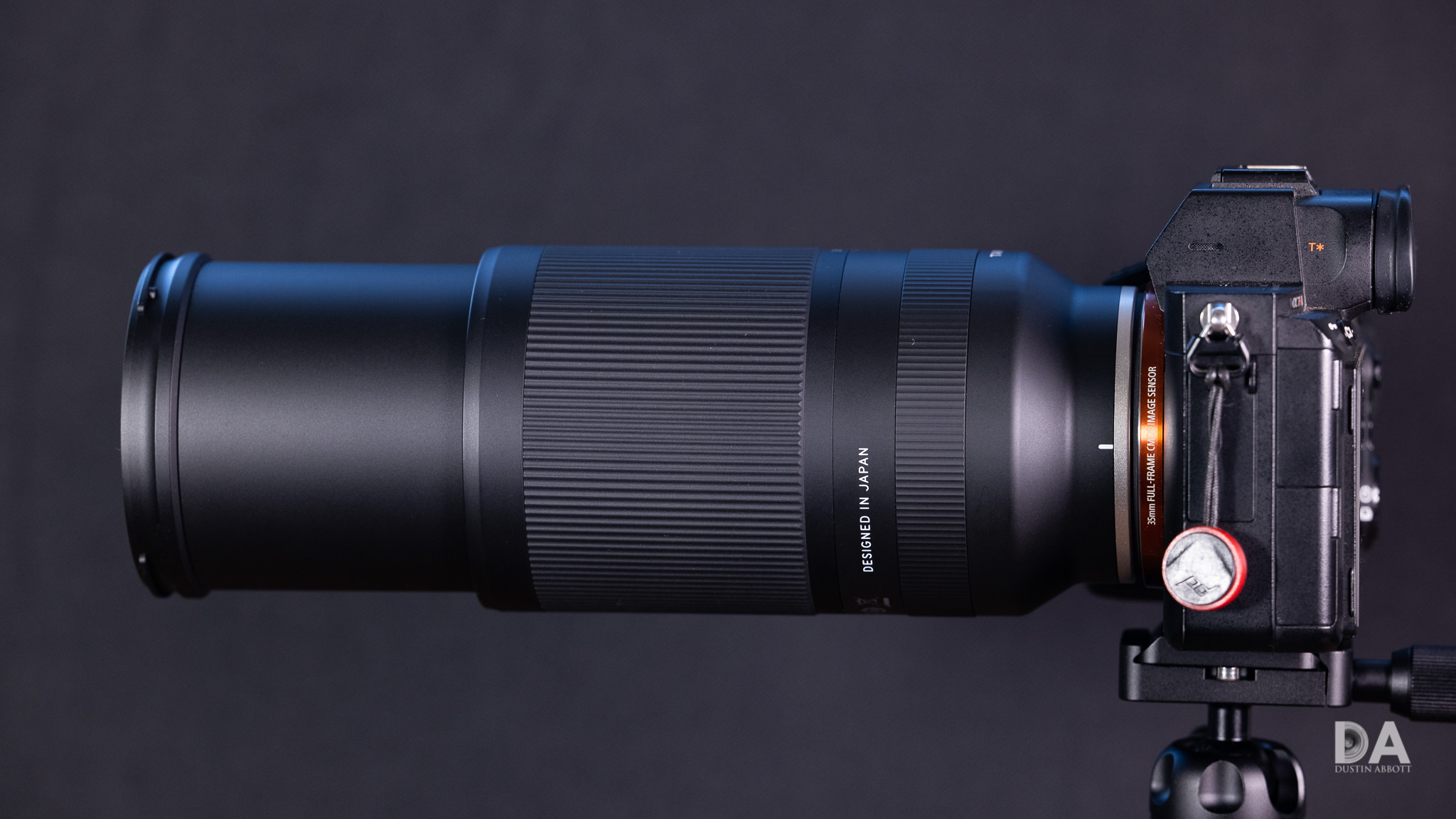
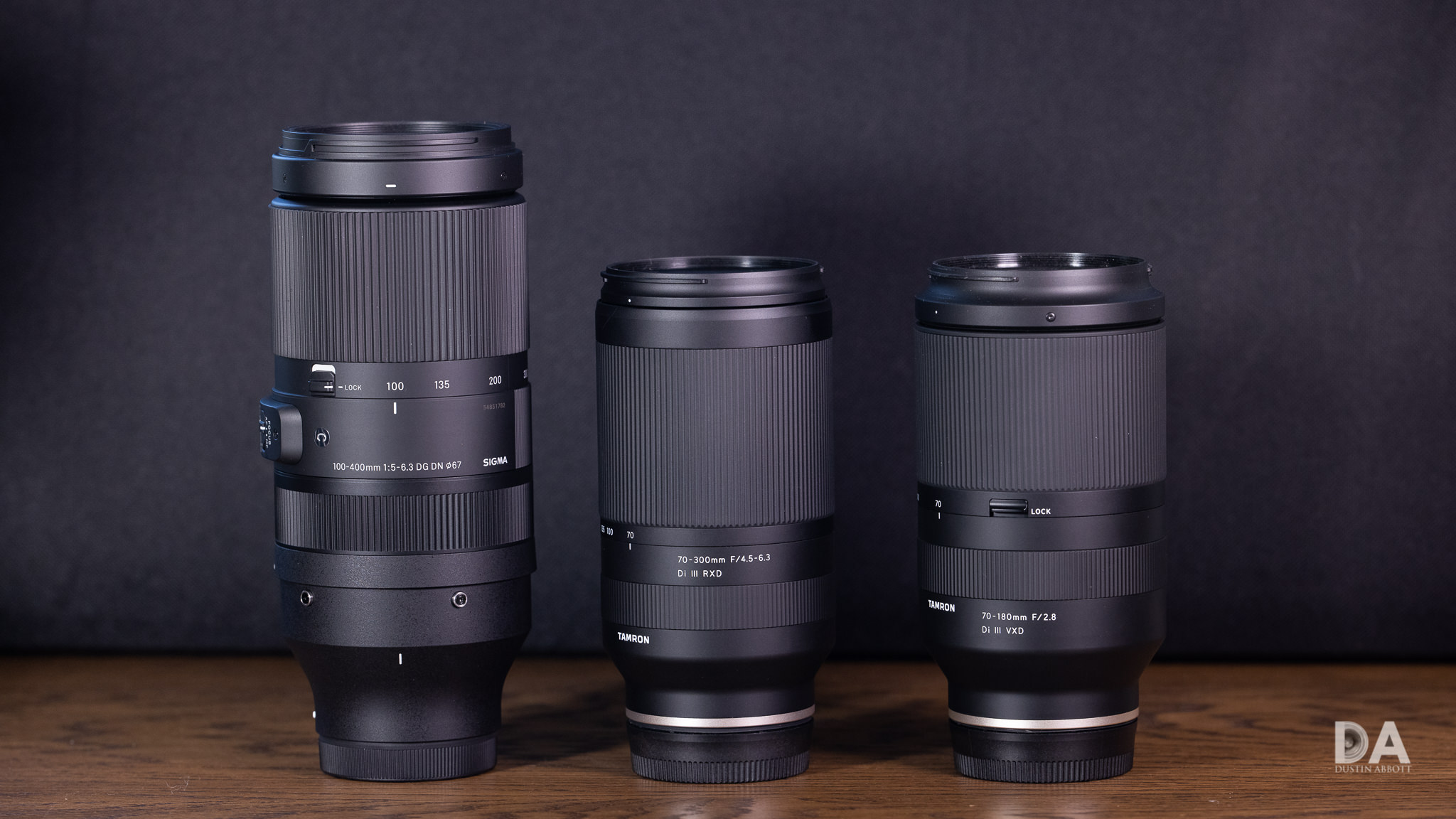
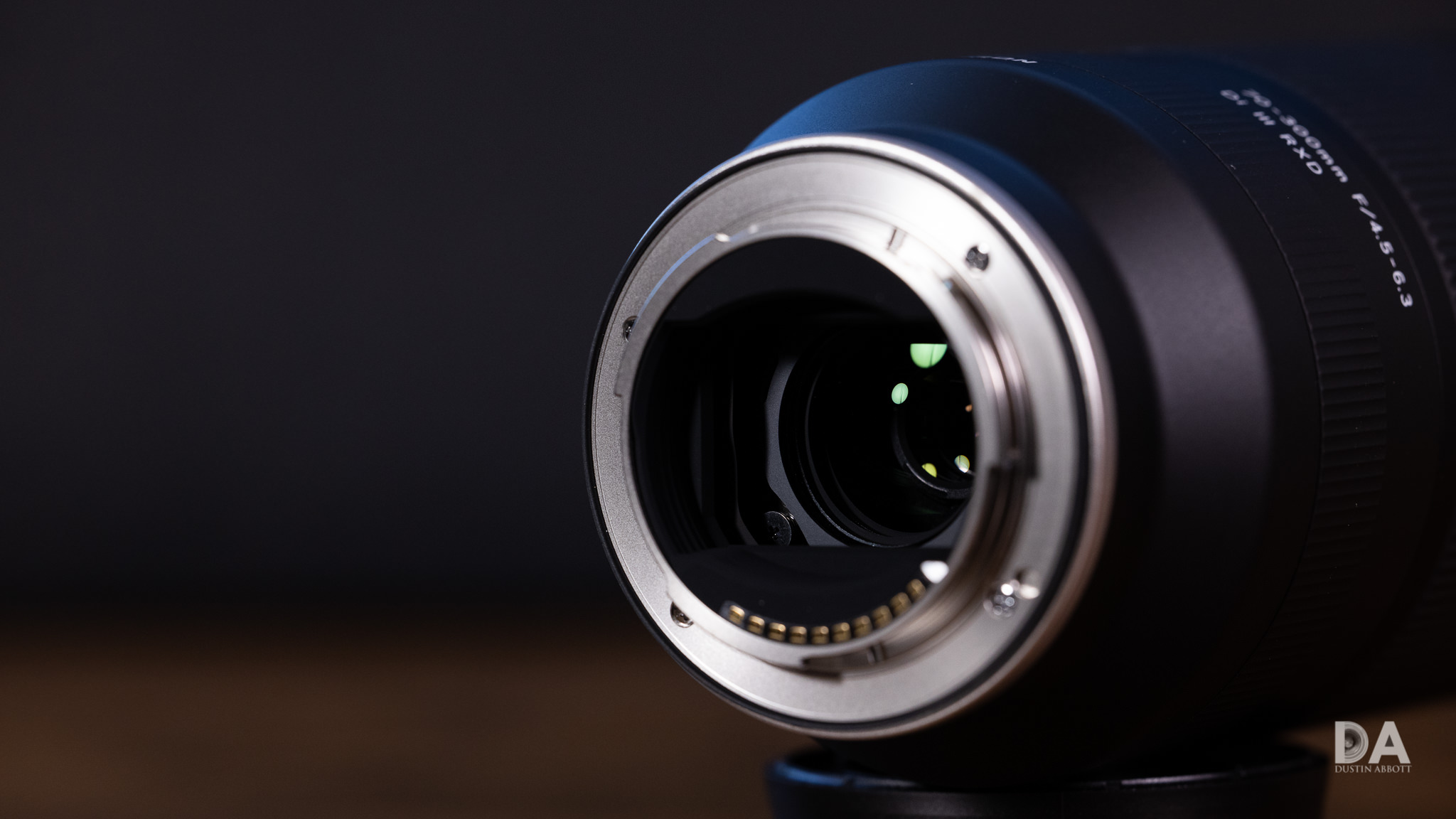
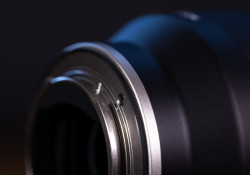
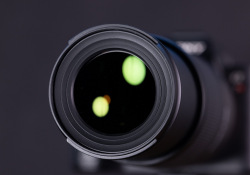




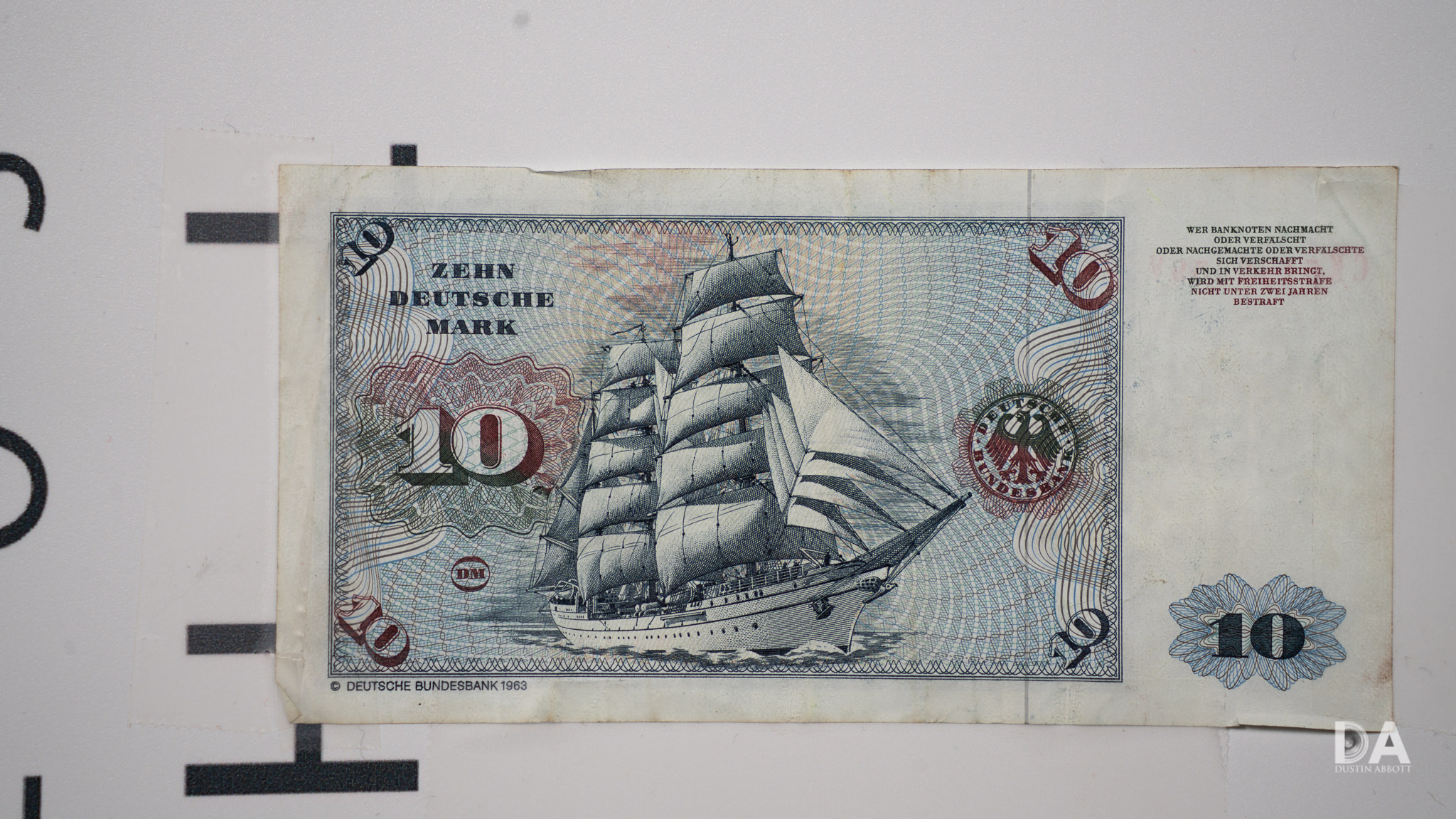











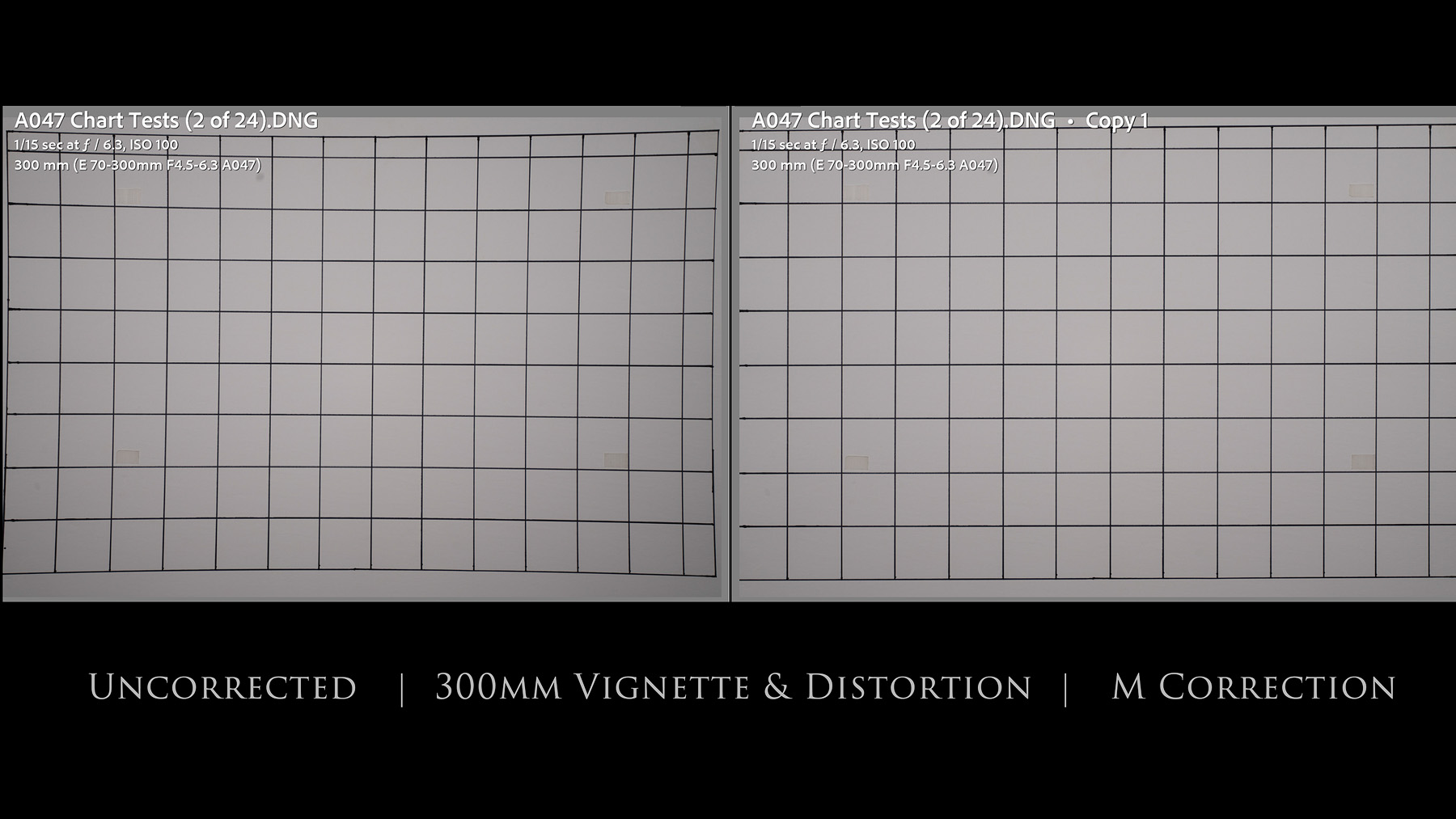
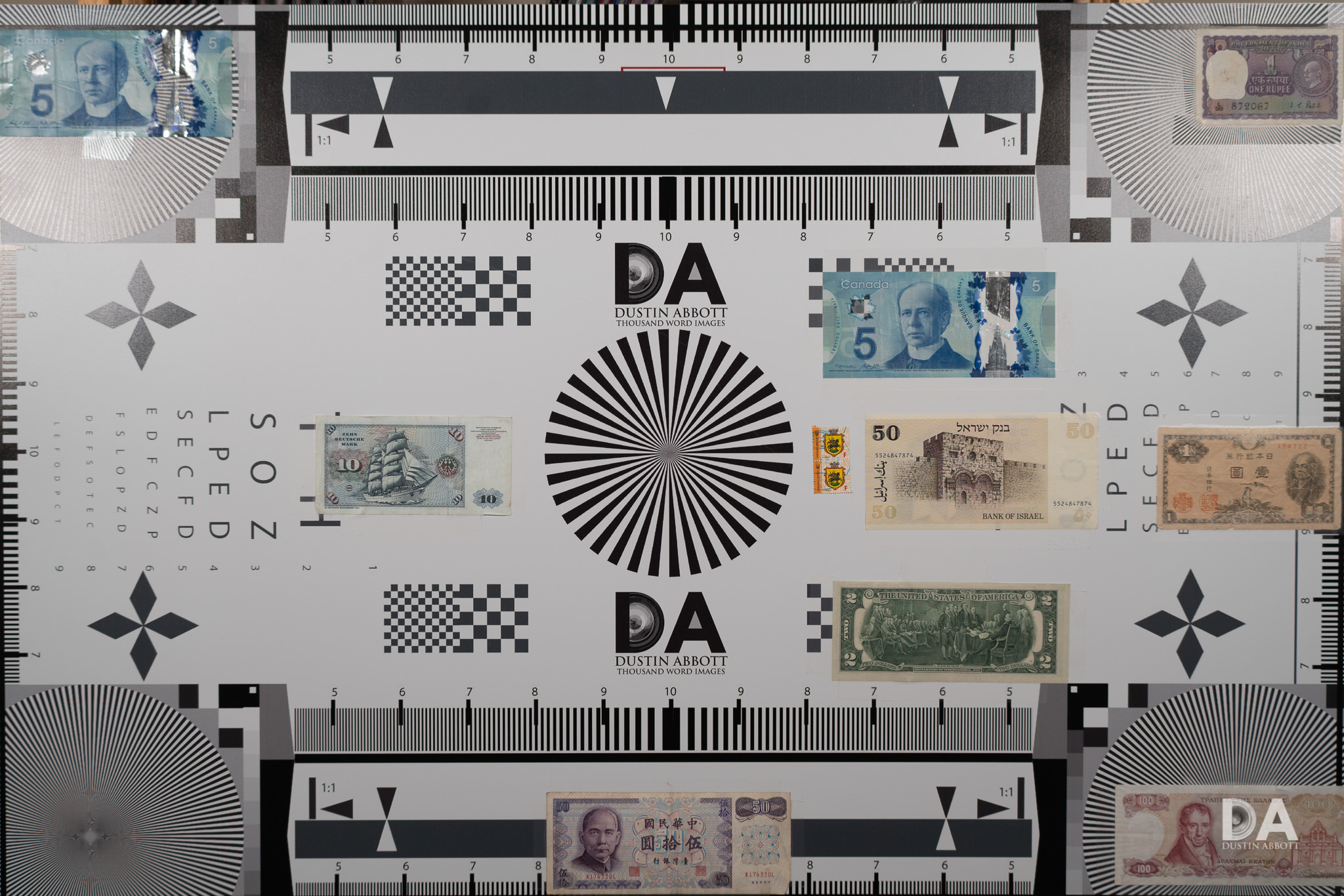


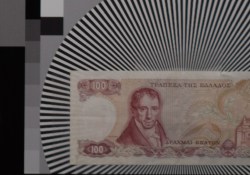
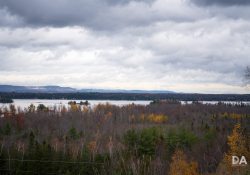
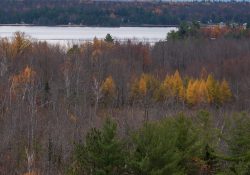
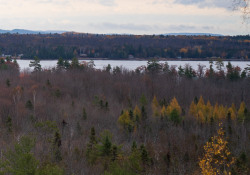
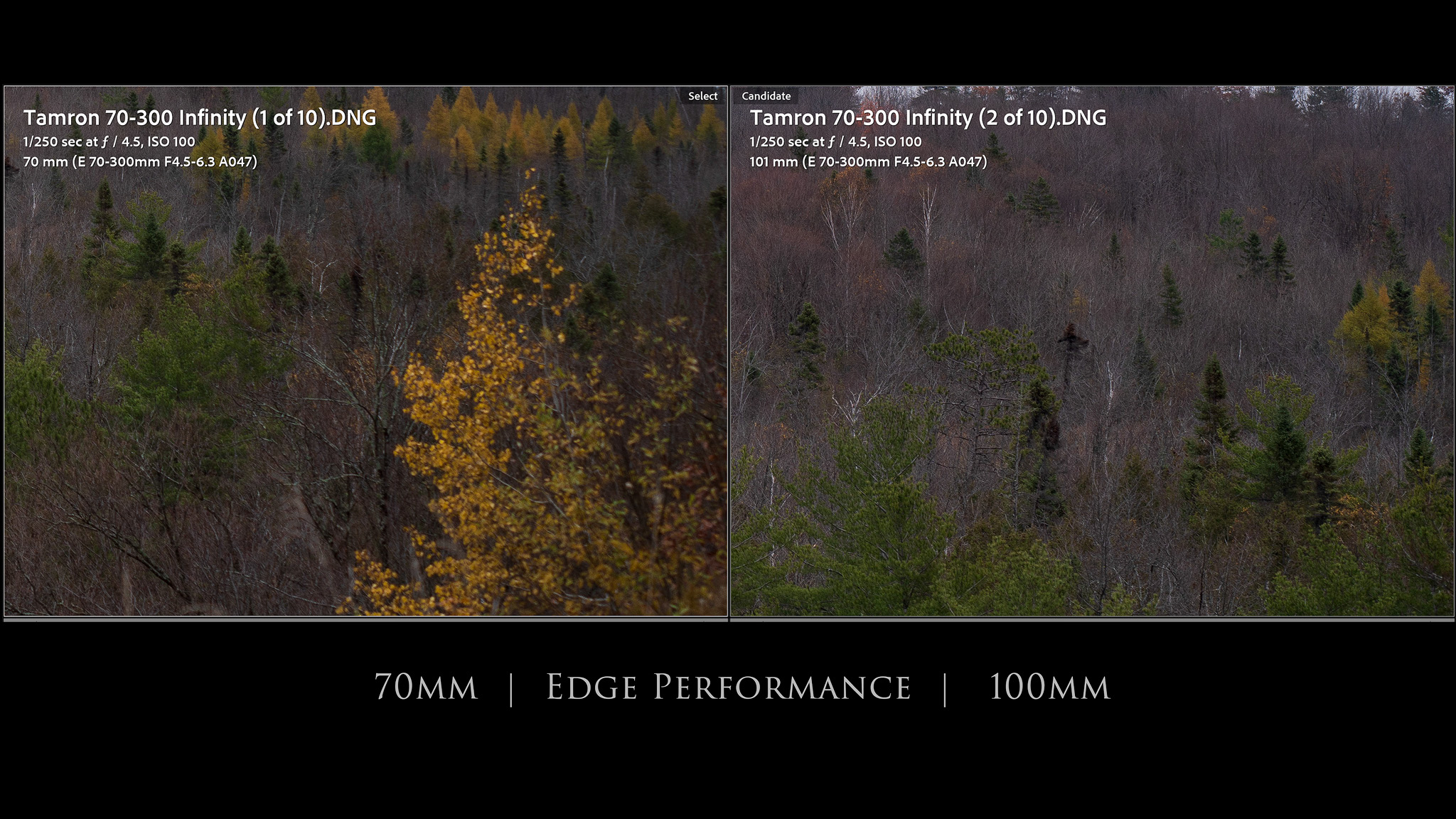




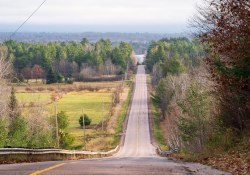
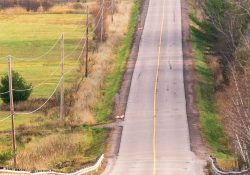



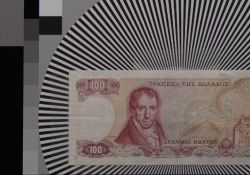













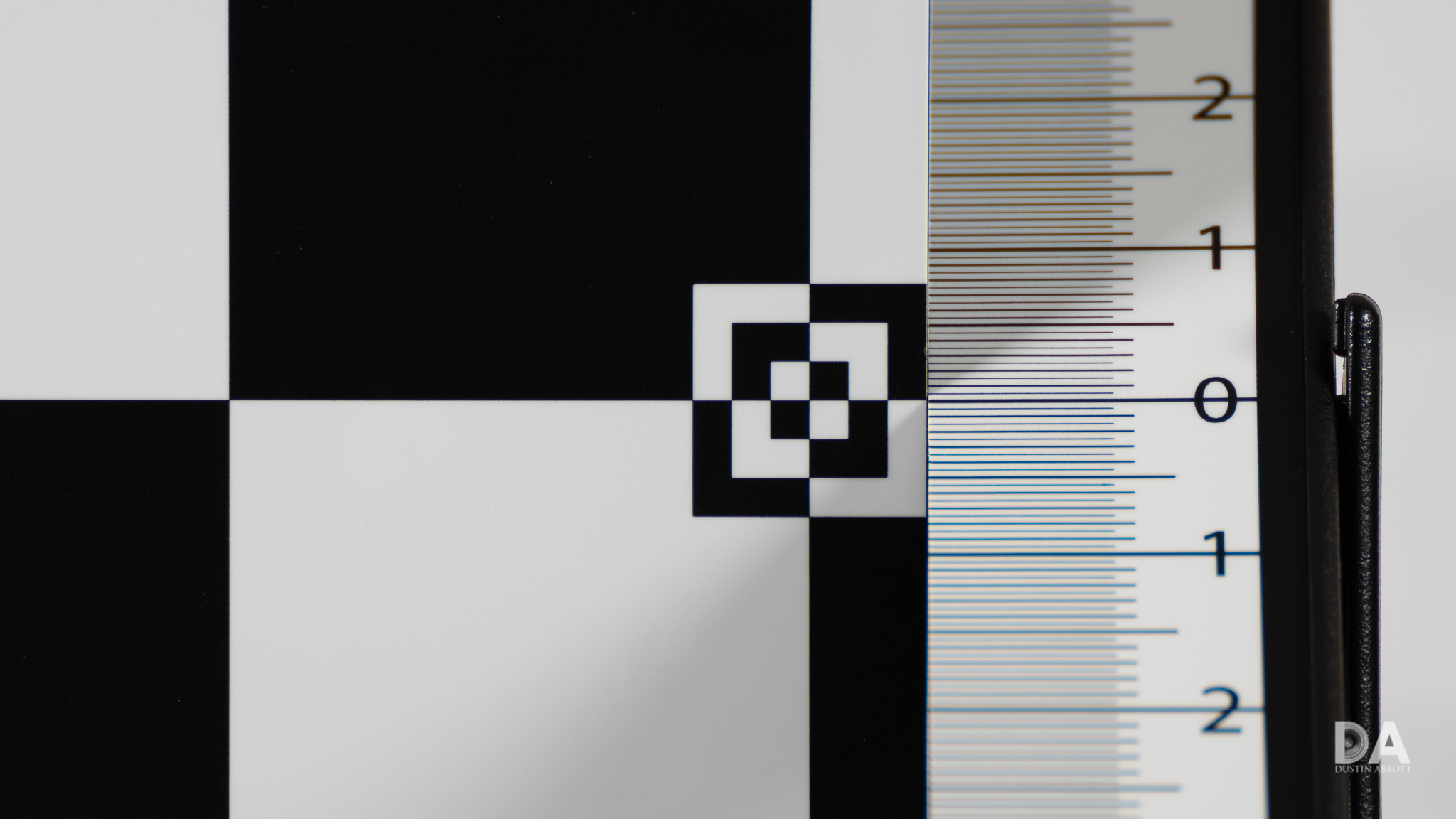

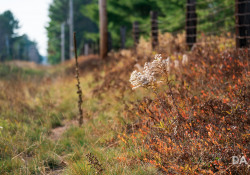





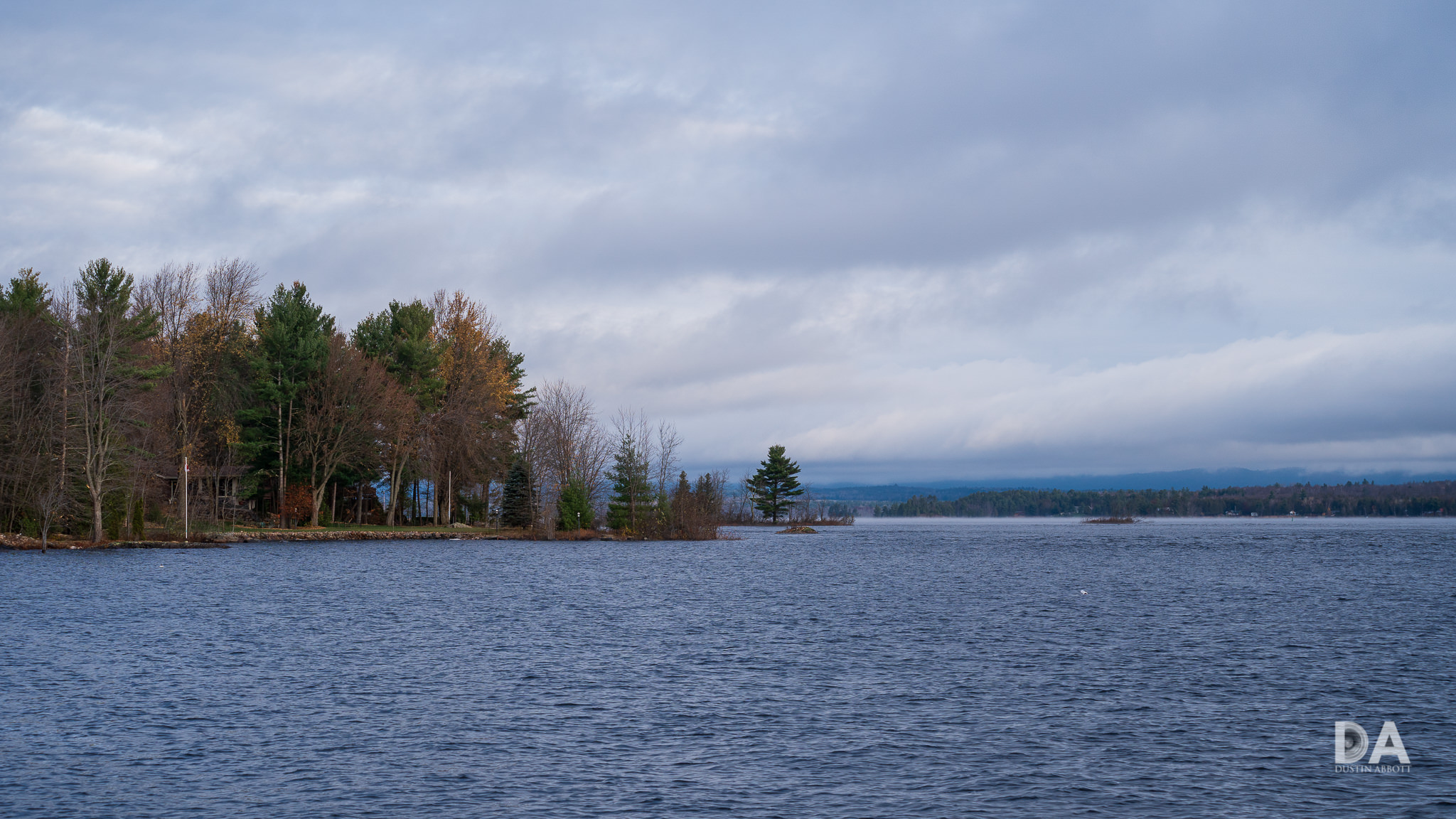
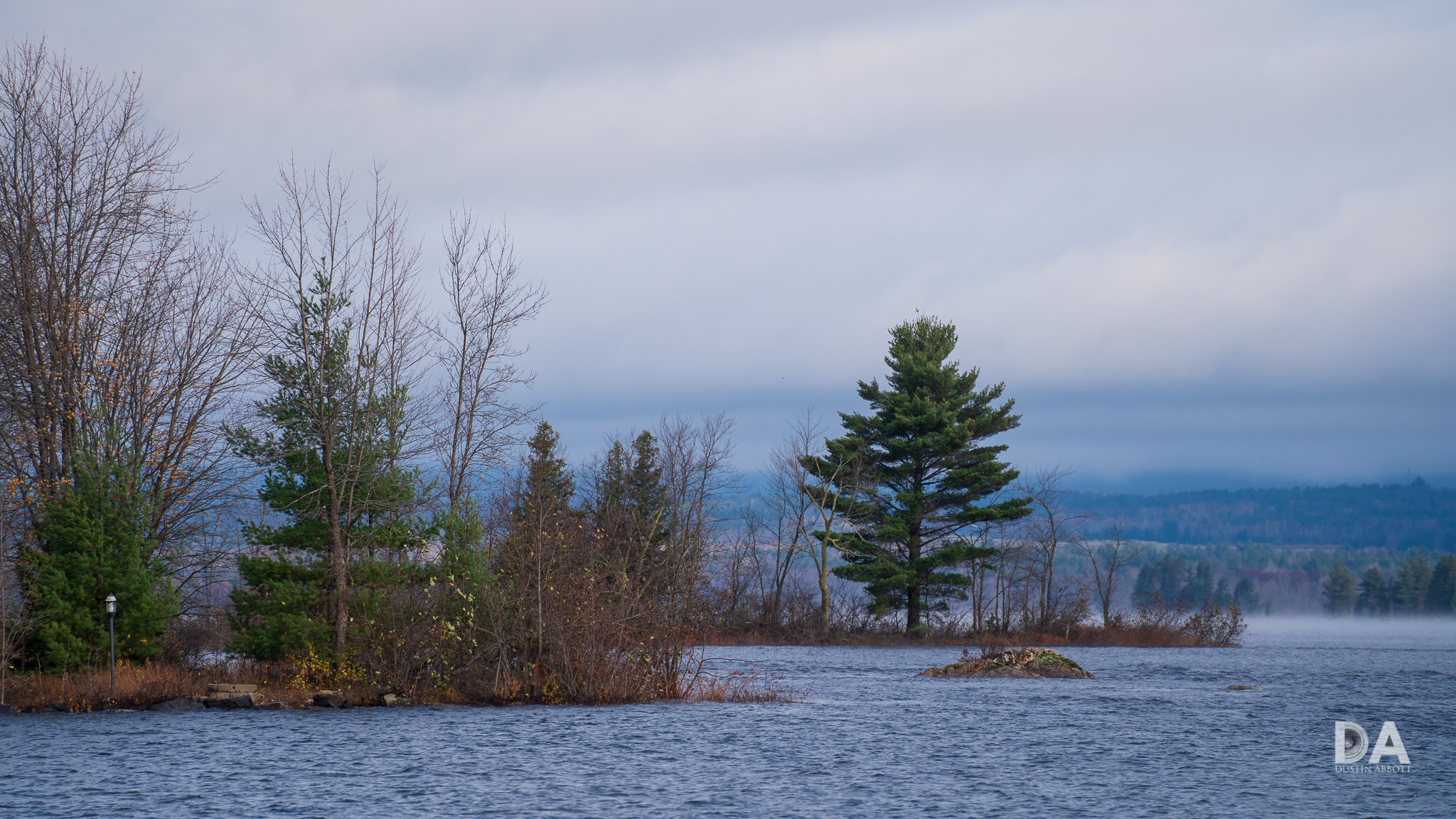
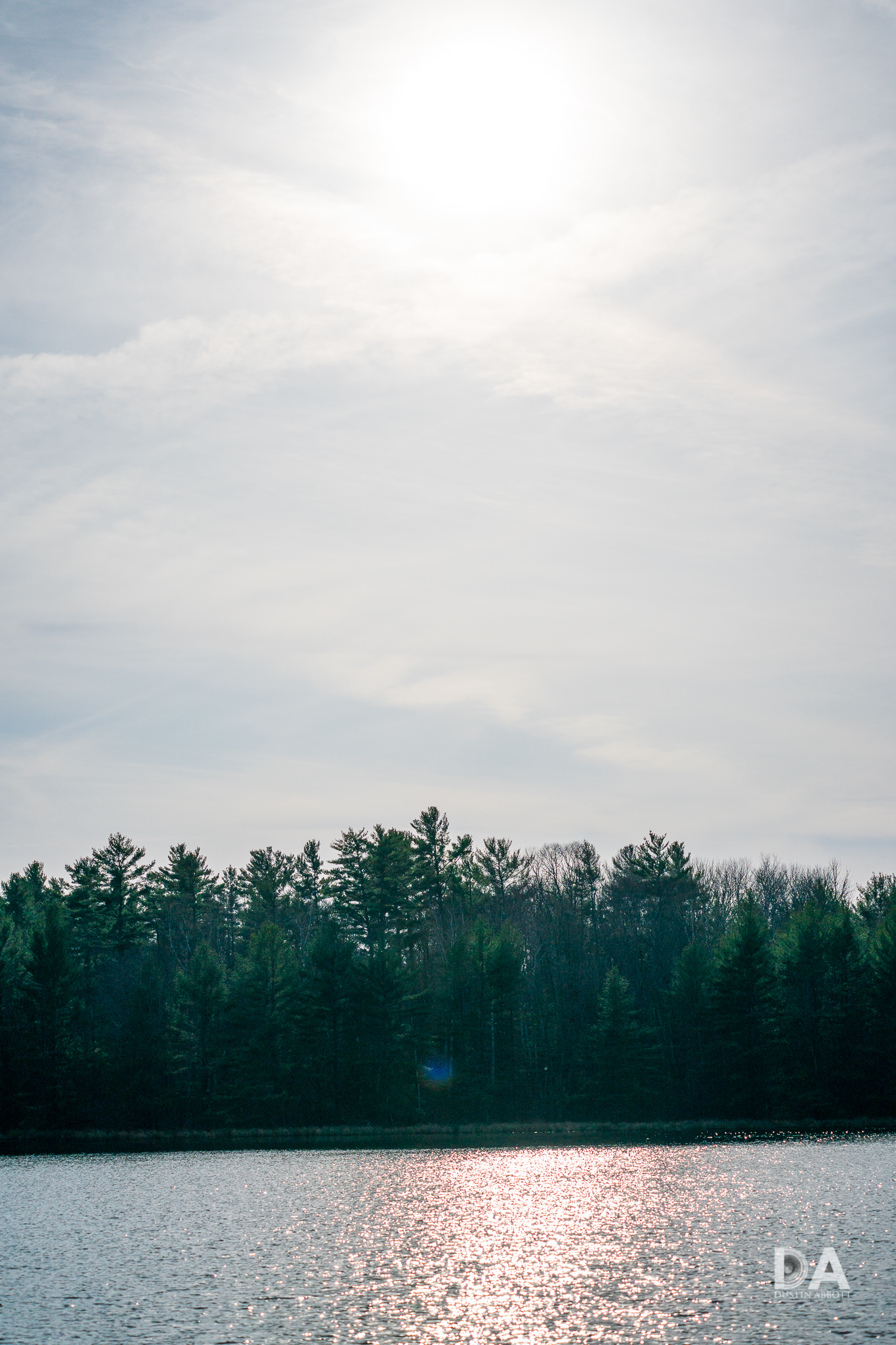
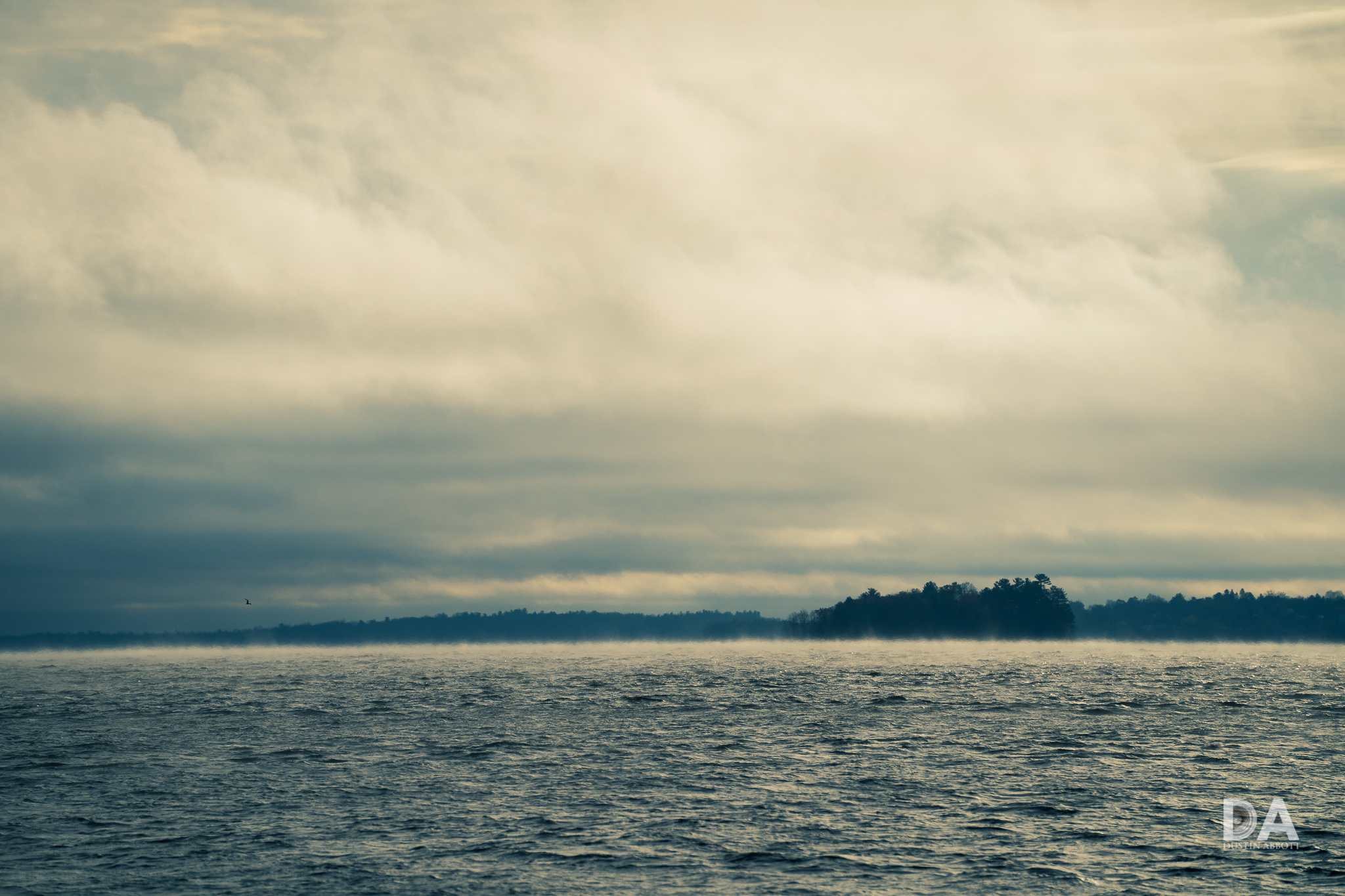









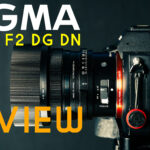
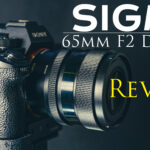
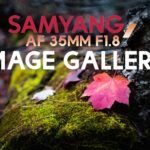

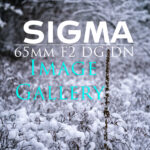

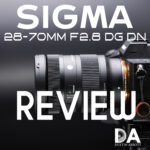

[…] Tamron 70-300mm F4.5-6.3 RXD (A047) Review […]